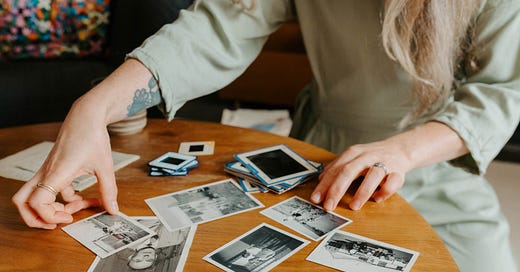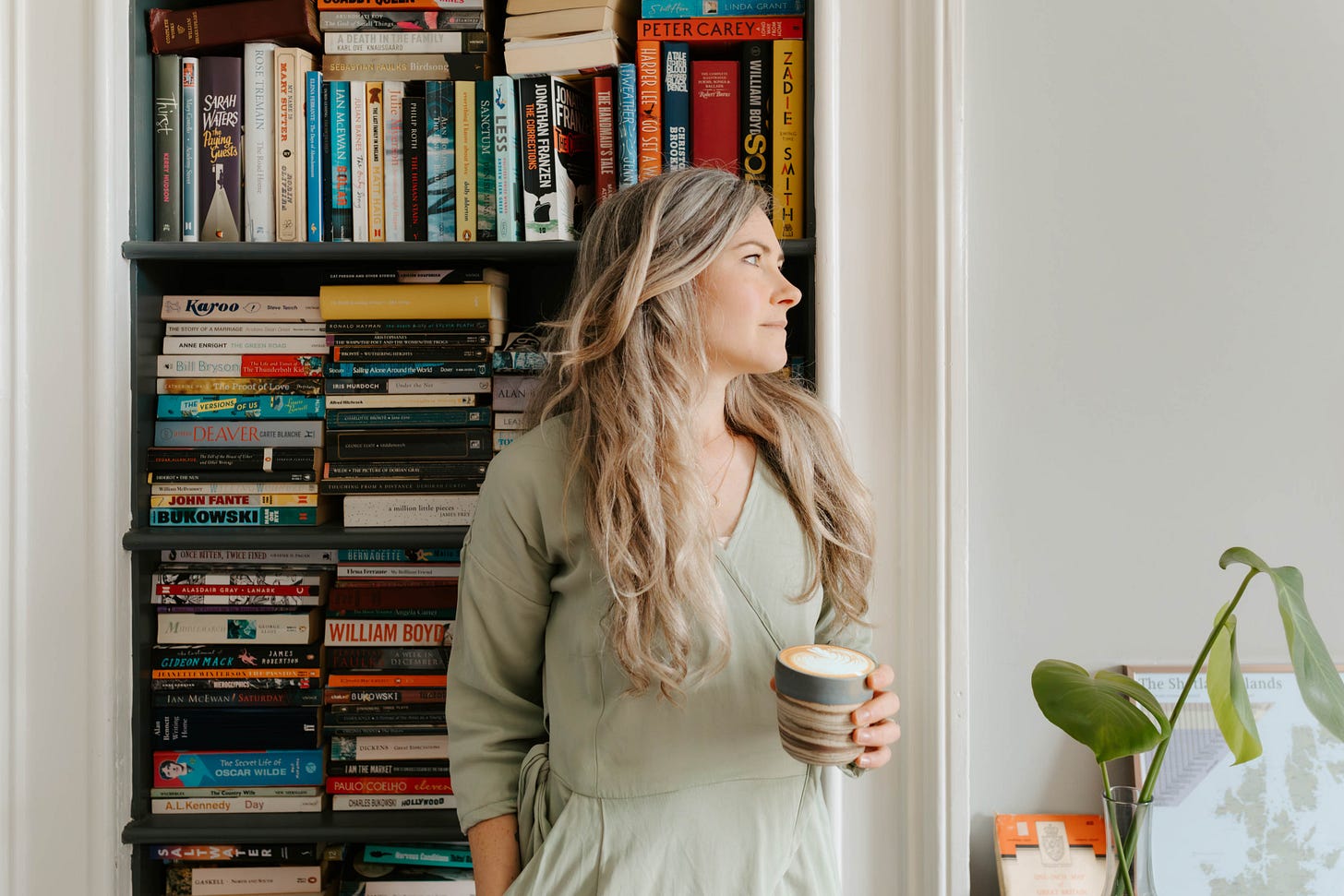Hi friends,
If you’re new here, hello! I’m Lindsay. I’m a writer, critic and expressive writing facilitator based in Glasgow, Scotland. On Substack, I’m holding the necessary space for myself and others entering midlife while very much still figuring things out.
Why not hop on over to my welcome post to see what…





